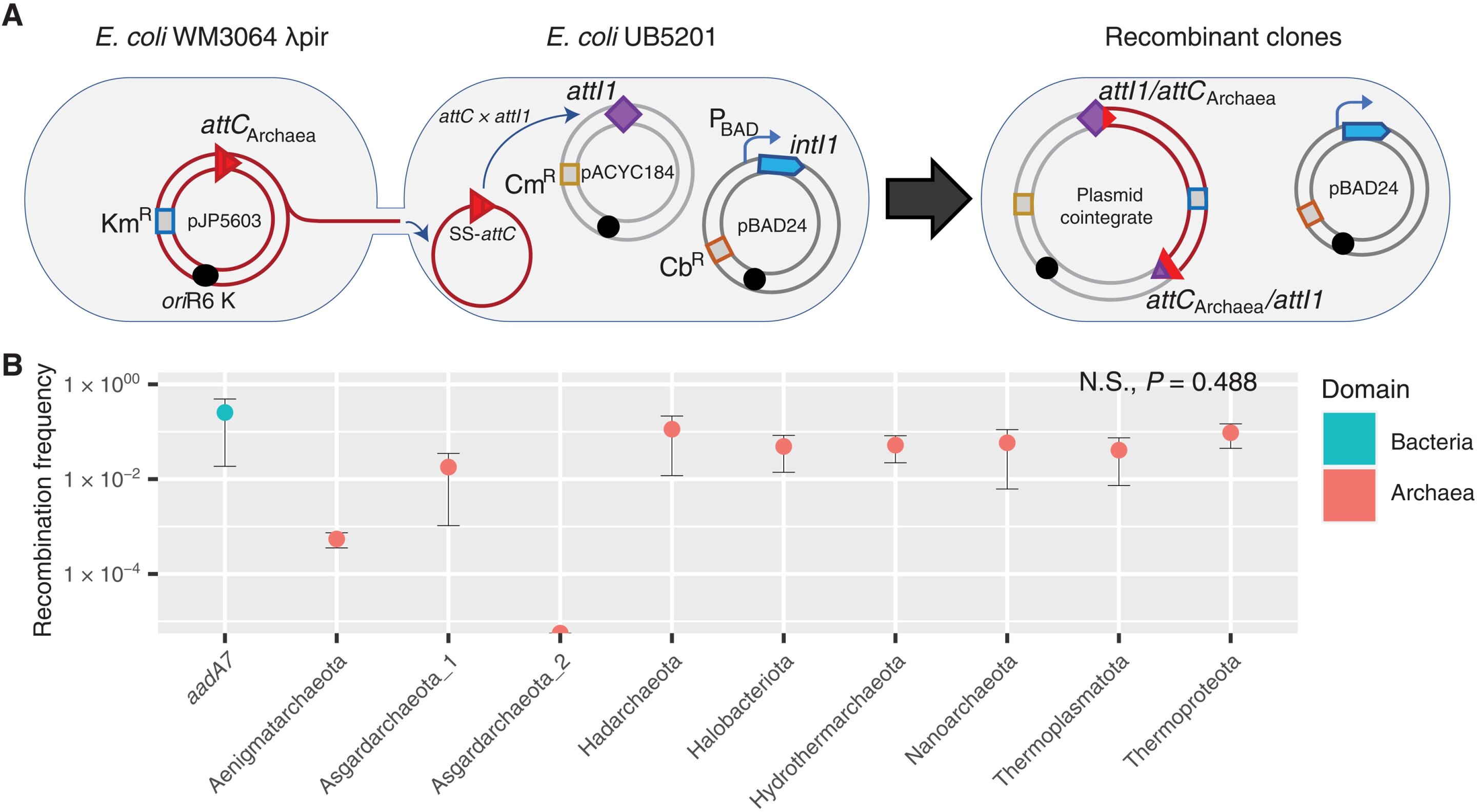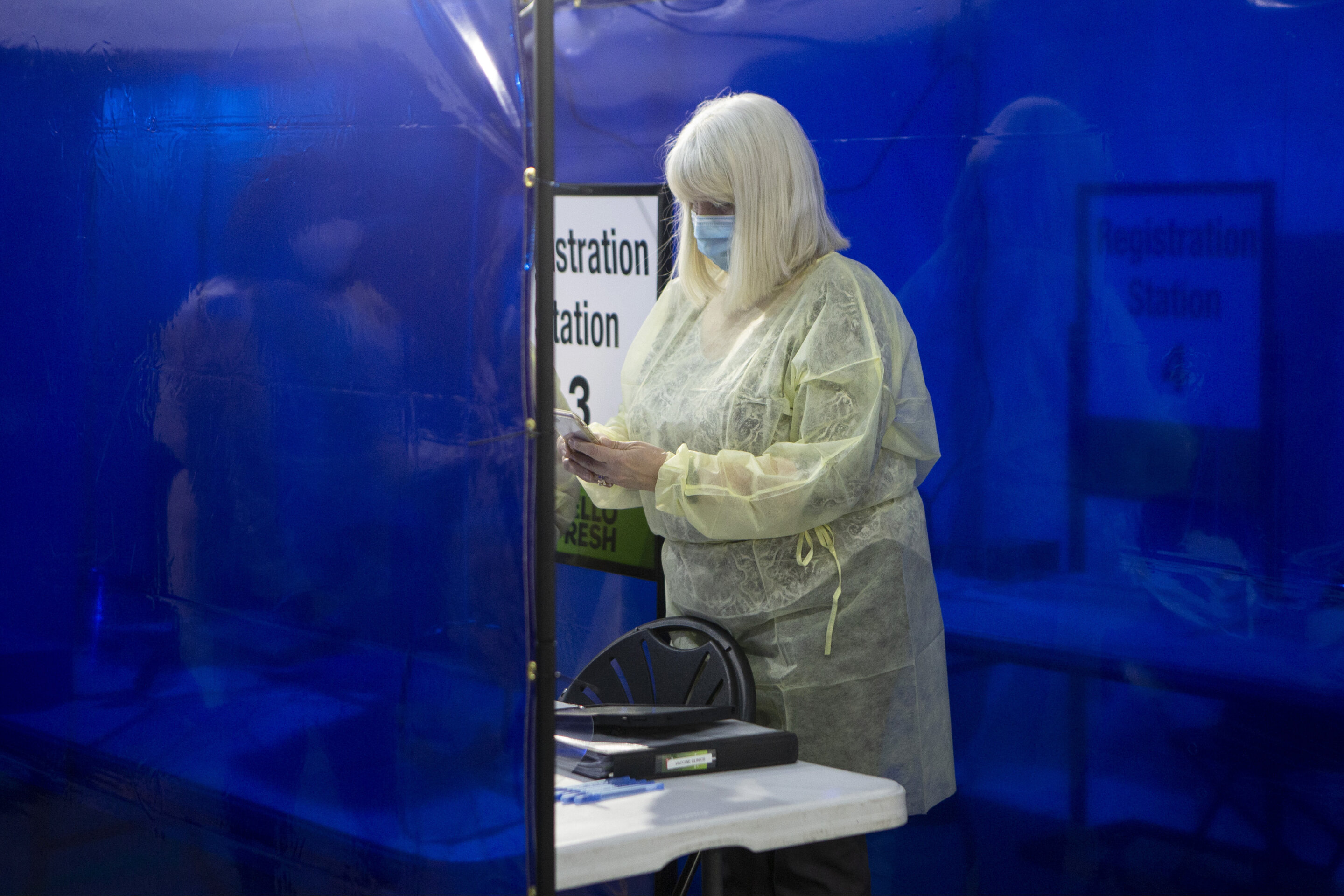#Some Archaea found to have integrons, allowing cross-domain gene transfer

Table of Contents
“Some Archaea found to have integrons, allowing cross-domain gene transfer”

A team of researchers at Macquarie University, in Australia, has found evidence showing that some Archaea have integrons. In their paper published in the journal Science Advances, the group describes how they used a recently developed technique called metagenome-assembled genomes (MAG) to study the genomes of Archaea samples in a new way, and what they learned by doing so.
Life on Earth is divided into three domains, Eukarya, Bacteria and Archaea. The third domain, Archaea, is similar to Bacteria—its members are often called Archaebacteria. Like Bacteria, Archaea are single-celled but unlike Bacteria, they rely on lipids in their cell membranes.
In this new effort, the researchers were looking into the means by which Bacteria and Archaea swap genes and wondered if it was possible that they have integrons—gene capture and dissemination systems in Bacteria that use gene cassettes to pass the proteins involved. To find out, they turned to MAG—a technique that allows for searching for single gene and gene recombination sites called AttC that sequence for coding the protein integron integrase (IntI).
Using the technique, they found many matches. Of 6,700 genomes scanned, they found 75 matches, across nine phyla, each evidence of an integron. And all of them turned out to have the same structure as the integrons found in Bacteria, which suggested the use of cassettes.
The researchers believed that this indicated that the Archaea they identified should be able to swap genes with Bacteria and vice-versa, as easily as Bacteria swap genes among themselves. To prove that their idea was correct, they synthesized AttC from an Archaea specimen and exposed it to an E. coli specimen. Testing showed that cassettes had been created allowing gene swapping to occur.
Finding integrons in Archaea will most certainly open up new avenues of research. One routed would be to look into the possibility that swapping genes from Archaea to Bacteria help the latter to become resistant to drugs meant to kill them. The researchers also note that it would be helpful if a complete genome of Archaea were made available.
Timothy M. Ghaly et al, Discovery of integrons in Archaea: Platforms for cross-domain gene transfer, Science Advances (2022). DOI: 10.1126/sciadv.abq6376
© 2022 Science X Network
Citation:
Some Archaea found to have integrons, allowing cross-domain gene transfer (2022, November 26)
retrieved 27 November 2022
from https://phys.org/news/2022-11-archaea-integrons-cross-domain-gene.html
This document is subject to copyright. Apart from any fair dealing for the purpose of private study or research, no
part may be reproduced without the written permission. The content is provided for information purposes only.
If you liked the article, do not forget to share it with your friends. Follow us on Google News too, click on the star and choose us from your favorites.
For forums sites go to Forum.BuradaBiliyorum.Com
If you want to read more Like this articles, you can visit our Science category.



